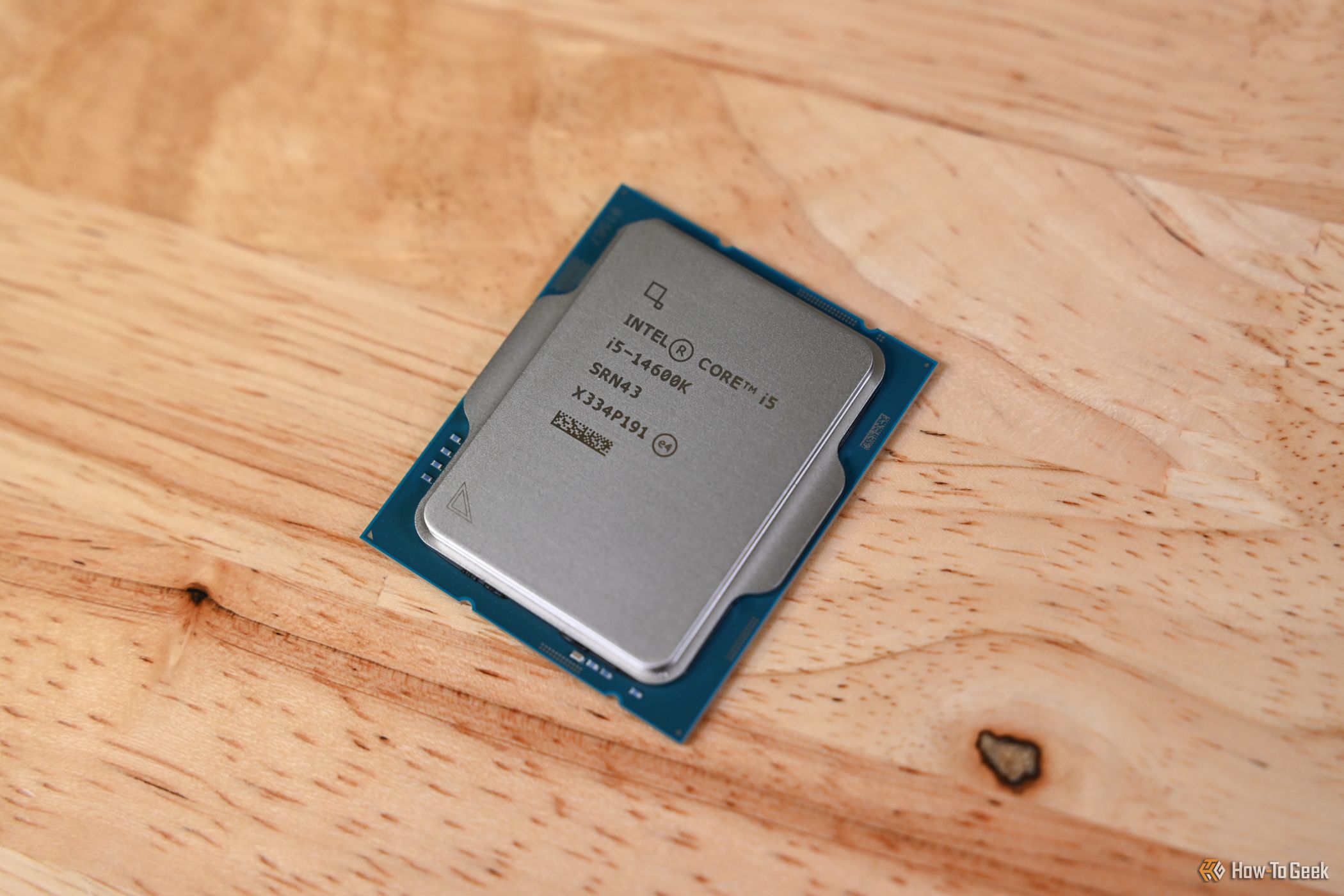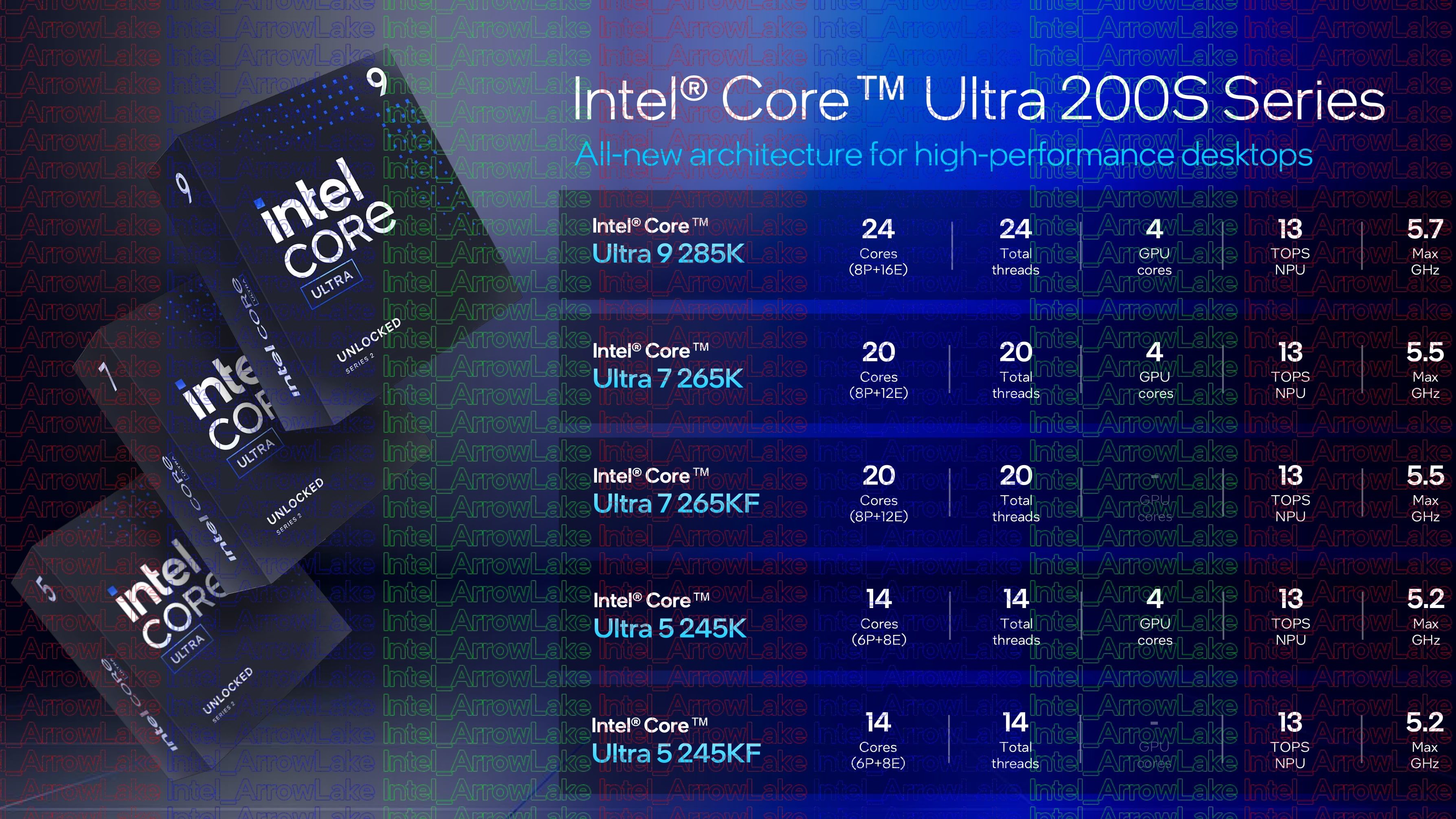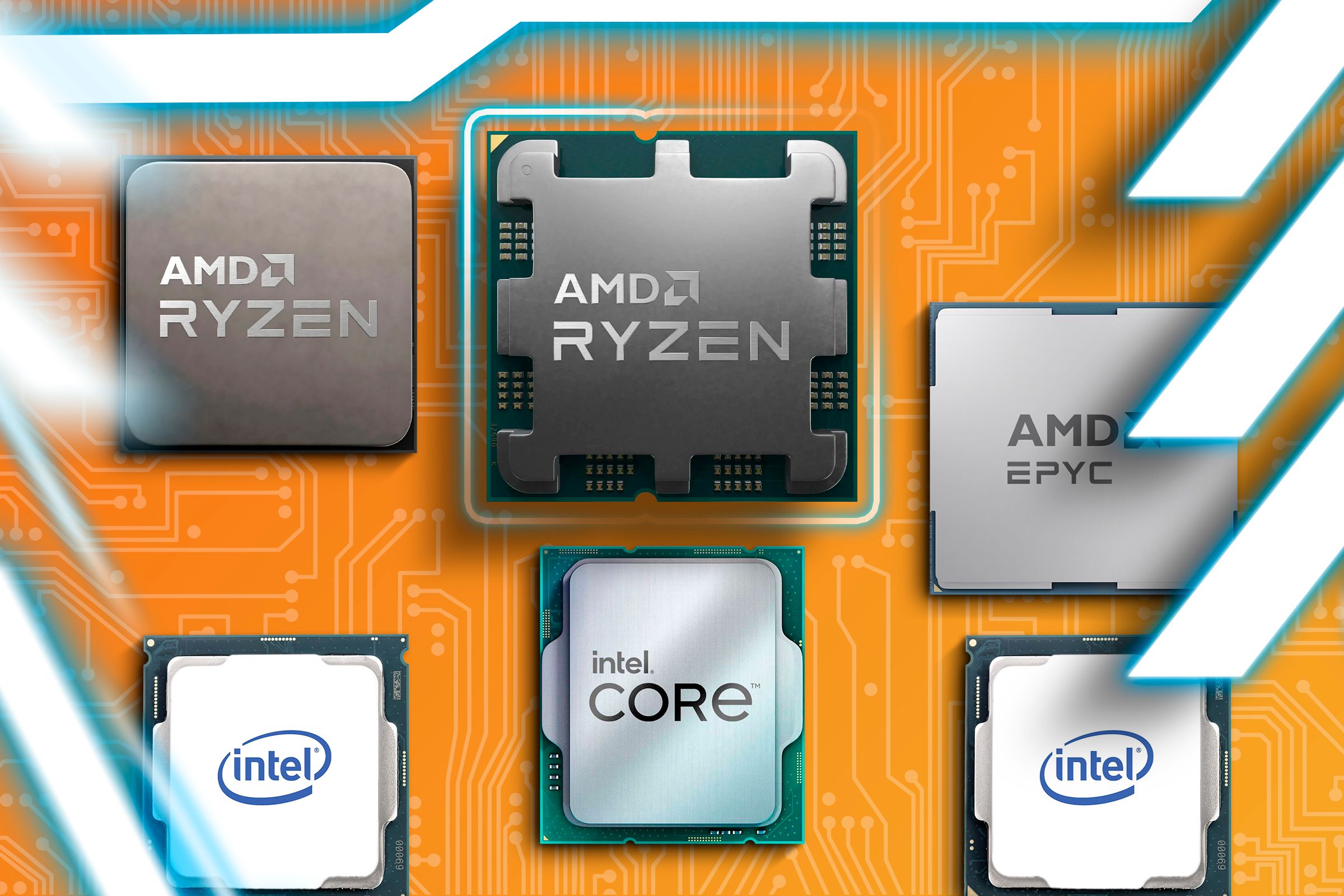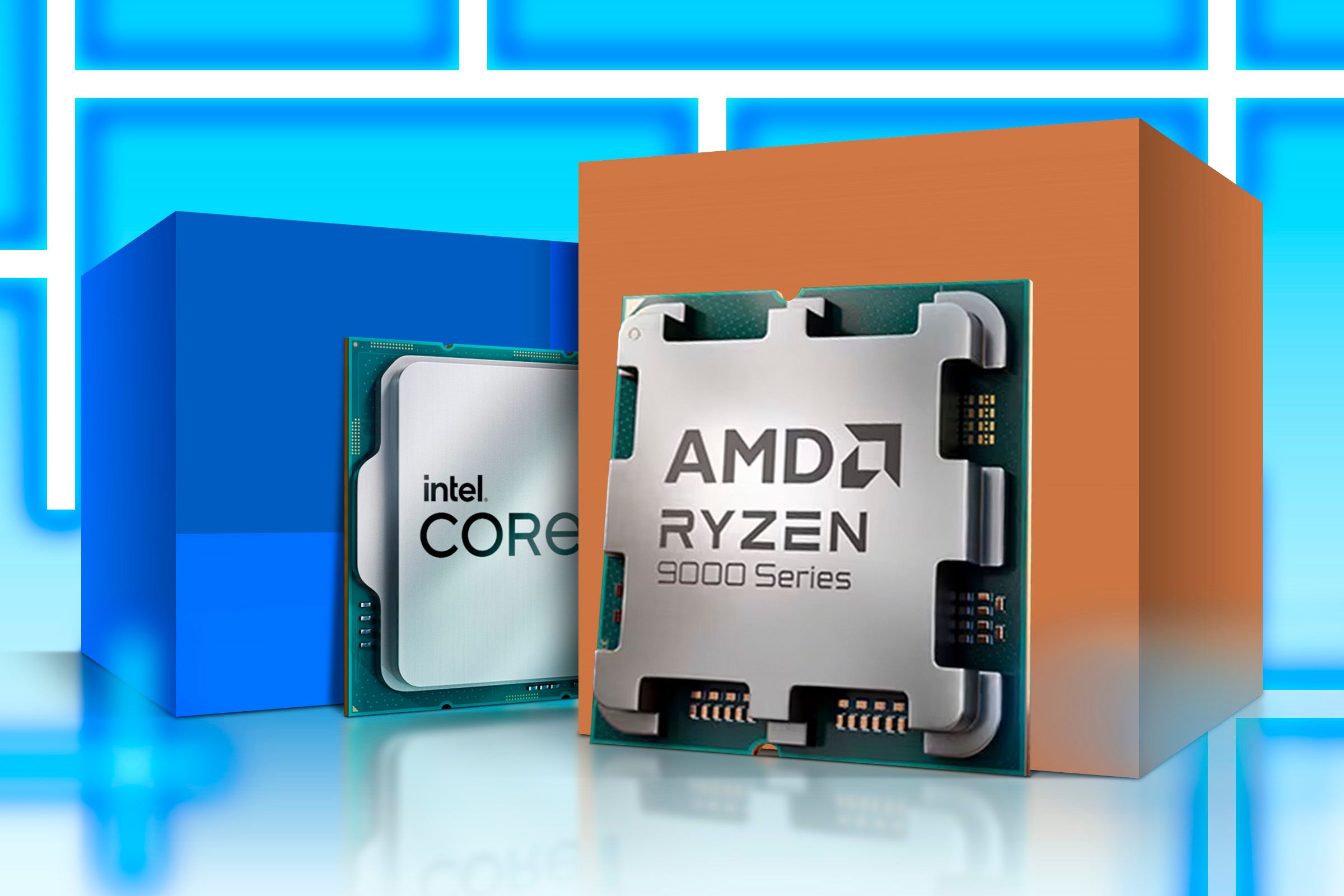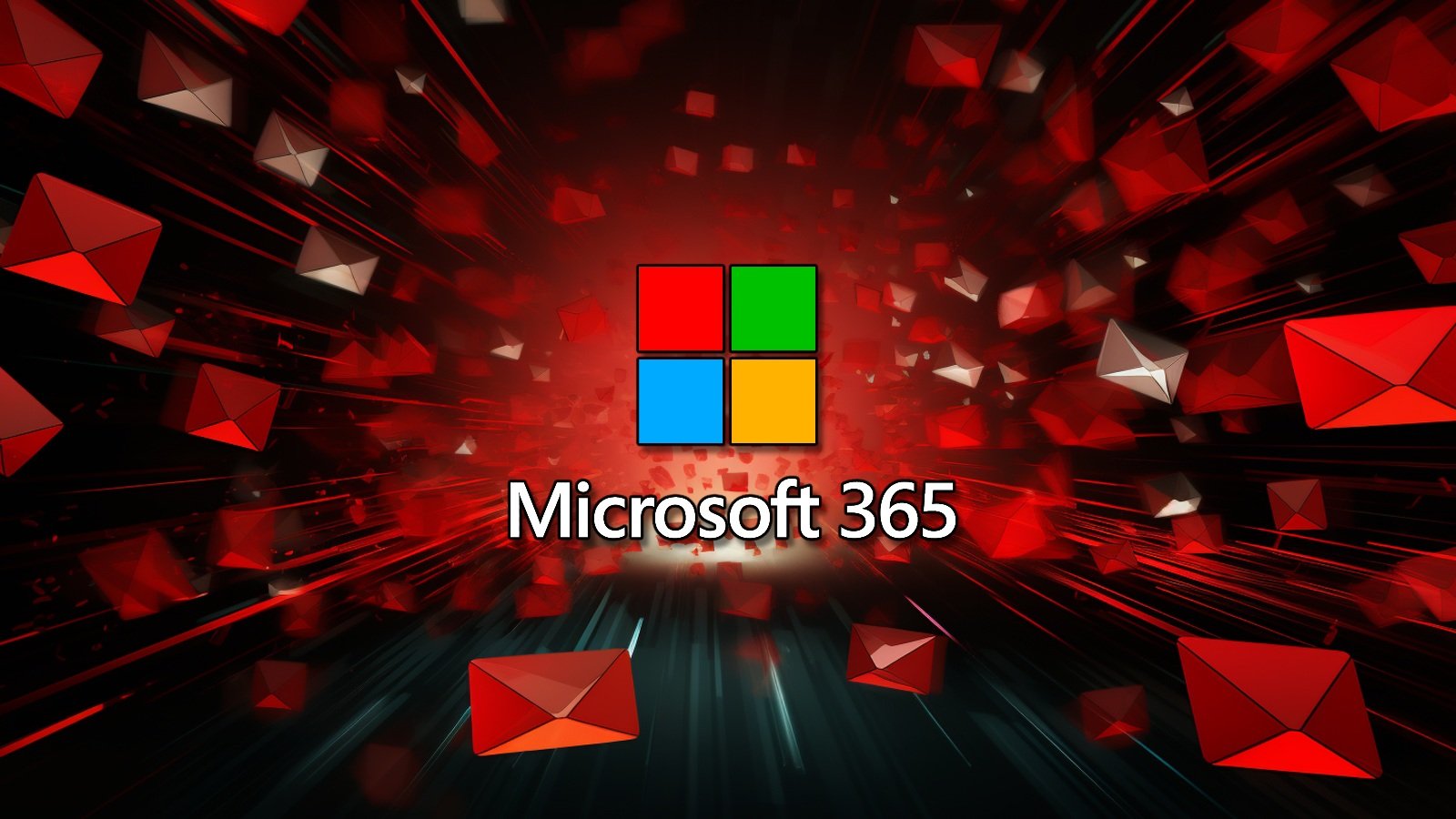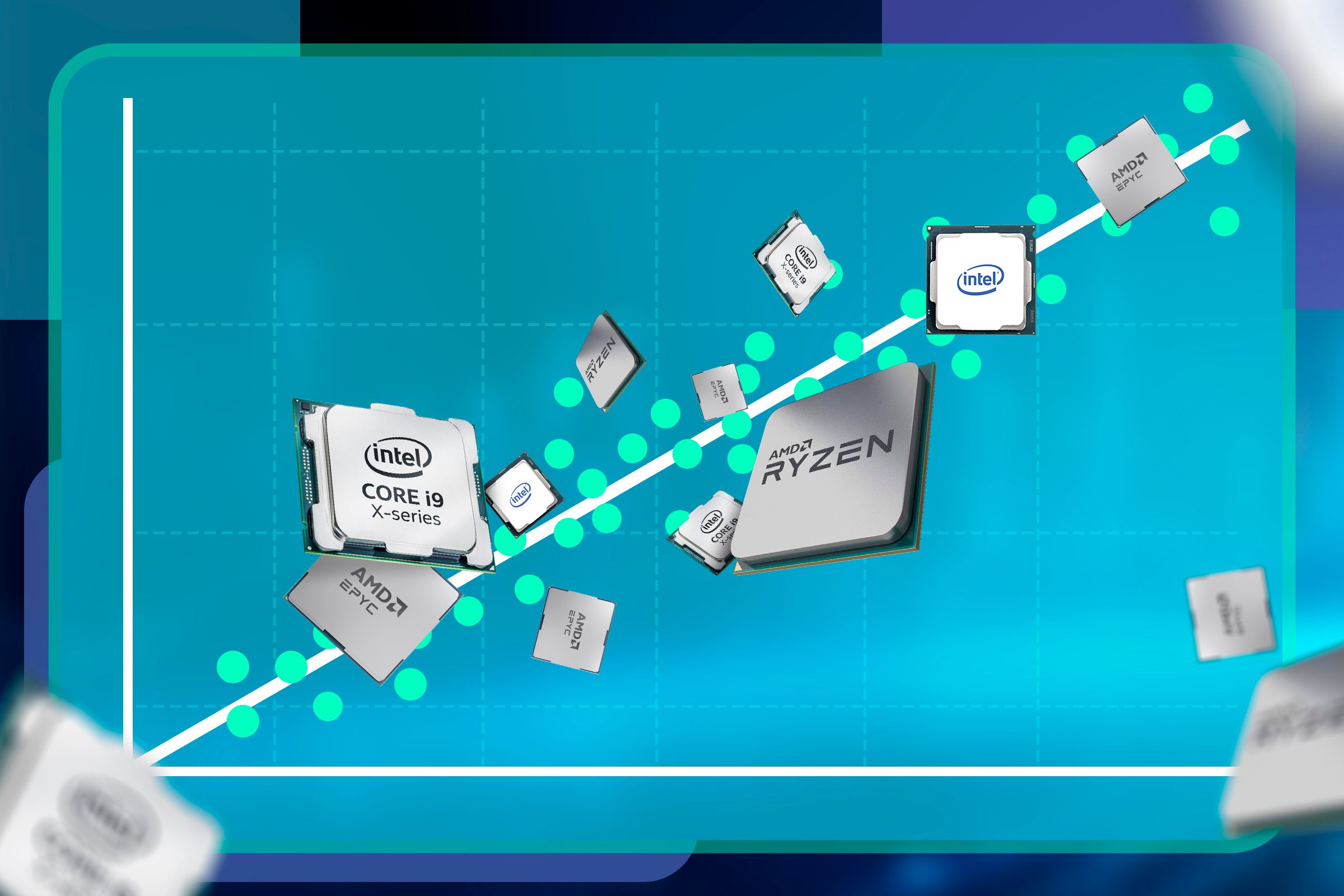
Key Takeaways
- High-end CPUs have more cores and are pricier than budget CPUs.
- They also work at higher frequencies, consume more power under load, and have more cache memory than budget CPUs.
- A budget or mid-range CPU is a great choice for most people, but professionals who earn their living with their PC, as well as enthusiast PC gamers, may opt for a high-end or flagship CPU.
Most people know that high-end CPUs offer more cores and cost more than budget CPUs. But there’s more to it when it comes to the differences between high-end and budget CPUs. Below, you can learn about those differences and determine which CPU is the best choice for your particular needs.
High-End CPUs vs. Budget CPUs: The Core Differences Explained
Firstly, high-end CPUs usually pack more cores and are pricier than budget and mid-range options. For example, over on the AMD side, budget processors usually feature either four or six cores, mid-range options pack six or eight cores depending on the model, while the high-end models feature either 12 or 16 cores.
It’s a similar story with Intel CPUs, with the main difference being that the most affordable Intel CPUs—mobile processors in most cases—come with only two CPU cores. Intel’s budget offerings have four-core designs that only include larger and more powerful P-cores, also known as performance cores.
The mid-range and high-end segments introduce power-efficient E-cores that help with heavy multithreaded workloads such as code compilation, video editing, and so on. For example, the mid-range Core i5-14400 comes with six P-cores and four E-cores. Moving on to the upper mid-range Core i5-14600K, you’re getting six P-cores and eight E-cores.
Finally, we have high-end options, such as Core i7 and Core i9 models, which pack eight P-cores and 12 E-cores in the case of the 14th gen Core i7 CPUs, with the 14th gen Core i9 chips featuring eight P-cores and 16 E-cores.
Note that Intel’s next-gen CPU lineup has a different branding. Arrow Lake CPUs are called Core Ultra 5, Core Ultra 7, and Core Ultra 9, superseding the Core i5, Core i7, and Core i9 brands, respectively. So, you’ve got mid-range Core Ultra 5 CPUs with six P-cores and eight E-cores, high-end Core Ultra 7 chips that rock eight P-cores and 12 E-cores, and the flagship Core Ultra 9 family that features eight P-cores and 16 E-cores.
Aside from packing more cores, high-end CPUs also work at higher frequencies than budget processors. For instance, the most affordable Zen 4 desktop processor, the Ryzen 5 7500F, has a base clock of 3.7GHz and a boost clock set at 5GHz. On the other hand, the flagship desktop Zen 4 part, the Ryzen 9 7950X, comes with a base clock of 4.2GHz, with its max boost clock set at a whopping 5.7GHz. Intel’s Core i9-14900KS can run at even higher clocks, with its max single-core boost frequency set at 6.2GHz! Higher clocks equal more performance in most situations.
Since they pack more cores that run at higher frequencies, high-end CPUs use more power when under load compared to budget options. For example, the four-core Intel Core i3-14100 CPU sips less than 60W under load, while the flagship 14900K can guzzle more than 300W if you’ve got a good enough cooling setup and motherboard. This also means that high-end CPUs need more powerful cooling solutions than budget CPUs, as well as quality motherboards capable of allowing them to run at their peak boost clocks. That said, a quality budget CPU cooler is enough for most CPUs, which also applies to well-made budget motherboards.
Last but not least, another point of differentiation between budget and high-end CPUs is the cache memory size. This ultra-fast memory is divided into multiple tiers and located on the CPU die. In general, the more cache the CPU has access to, the better.
More cache memory can help with various tasks such as video editing, database management, and video games, many of which greatly benefit from more cache. This is the main reason for the existence of AMD’s X3D processors, which feature tons of cache compared to regular CPUs. Having more cache makes them the top option for gaming, even though the best of the pack, the Ryzen 7 7800X3D, has fewer cores and runs at lower frequencies than flagship CPUs.
Which CPU Is Right For You?
So, now that you know the main differences between high-end and budget CPUs, which one should you pull the trigger on?
If your daily routine includes web browsing and general computing tasks such as text editing, working with spreadsheets, light photo editing, and consuming media, most budget CPUs will do the trick. For example, a quality budget laptop that packs at least 8GB of RAM, SSD storage, and a decent screen ought to offer enough power for your needs. If you’re more of a desktop person, you can get something like the Intel Core i3-14100 or a solid mini PC.
If you’re a gamer on a budget, you can get away with a budget CPU such as the aforementioned Core i3-14100. My advice, though, is to aim for at least a six-core CPU, since four-core CPUs aren’t the best choice for gamers, including cash-strapped ones. The AMD Ryzen 5 7500F, a six-core chip, is a great budget option if you can find it for less than ~$180. Otherwise, get the Ryzen 5 7600.
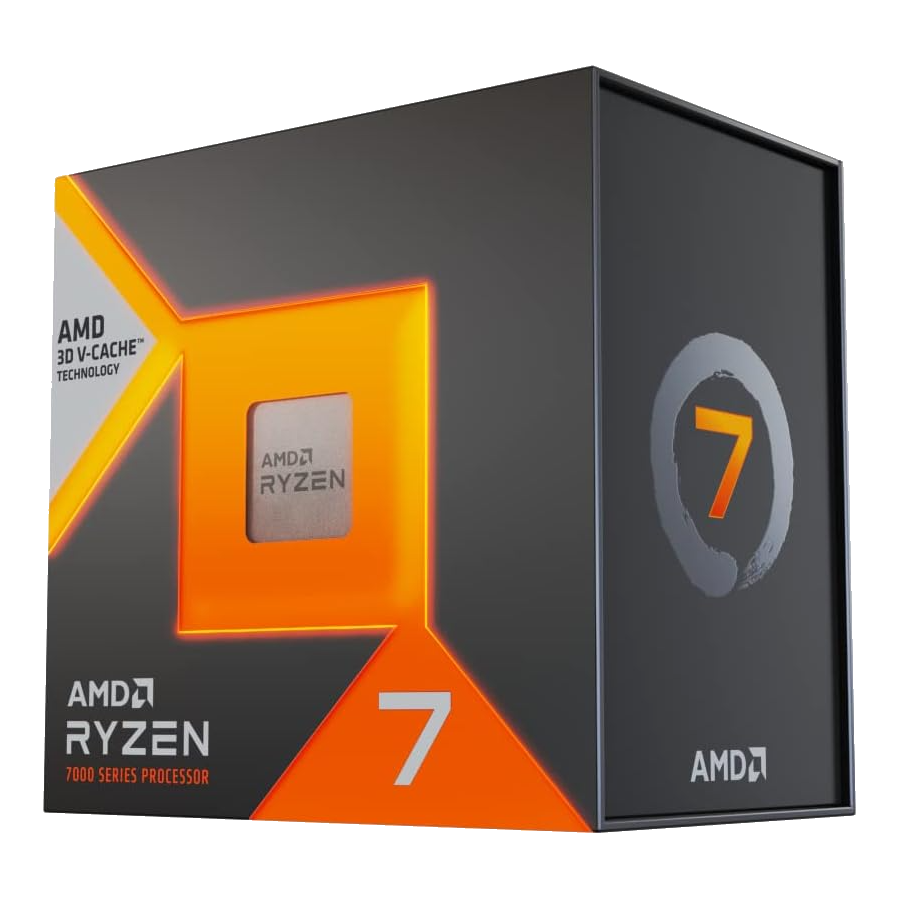
AMD Ryzen 7 7800X3D
If you’re a gamer and want the fastest gaming CPU on the market, get the Ryzen 7 7800X3D, you won’t regret it. Those in need of a CPU for productivity workloads should look elsewhere.
If you have more cash and want better performance, there’s the Core i5 14600K, Ryzen 7 7700, and the Ryzen 7 7700X. For the best gaming performance, get the Ryzen 7 7800X3D; it’s hands down the best gaming CPU you can get at the moment.
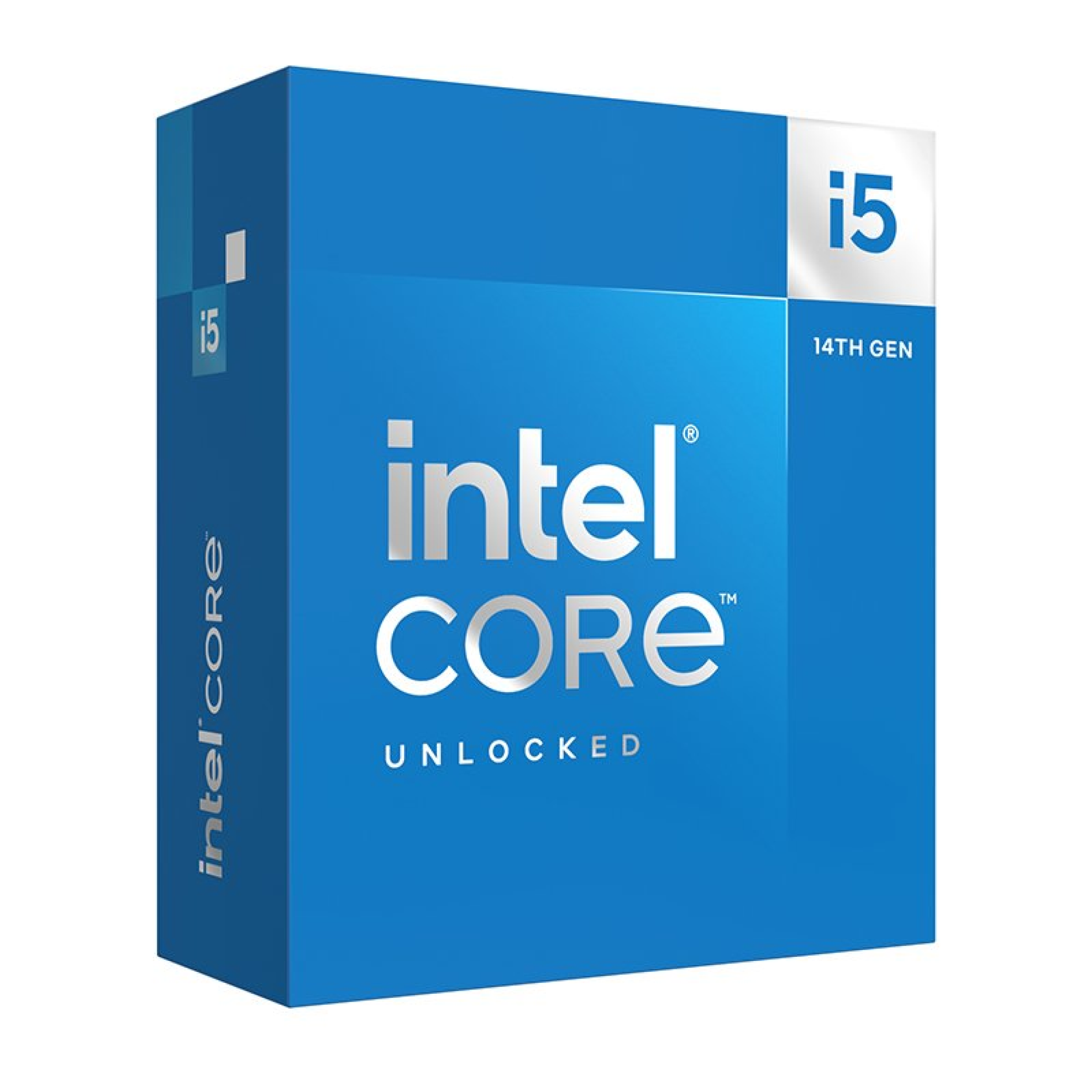
Intel Core i5-14600K
$255 $355 Save $100
Intel’s Core i5-14600K is a refresh of its popular Core i5-13600K, featuring the same cores and architecture but also higher clock speeds.
Lastly, if you’re a professional who needs loads of multithreaded performance, you can get the Core i7-14700K, Ryzen 9 7900X, or the Ryzen 9 9900X. Note that Intel 14th-gen CPUs suffer from serious overvolting issues. If you don’t want to deal with installing BIOS updates needed to fix this, you can get one of the next-gen Intel Arrow Lake CPUs instead, which should be available for purchase by the time you read this.
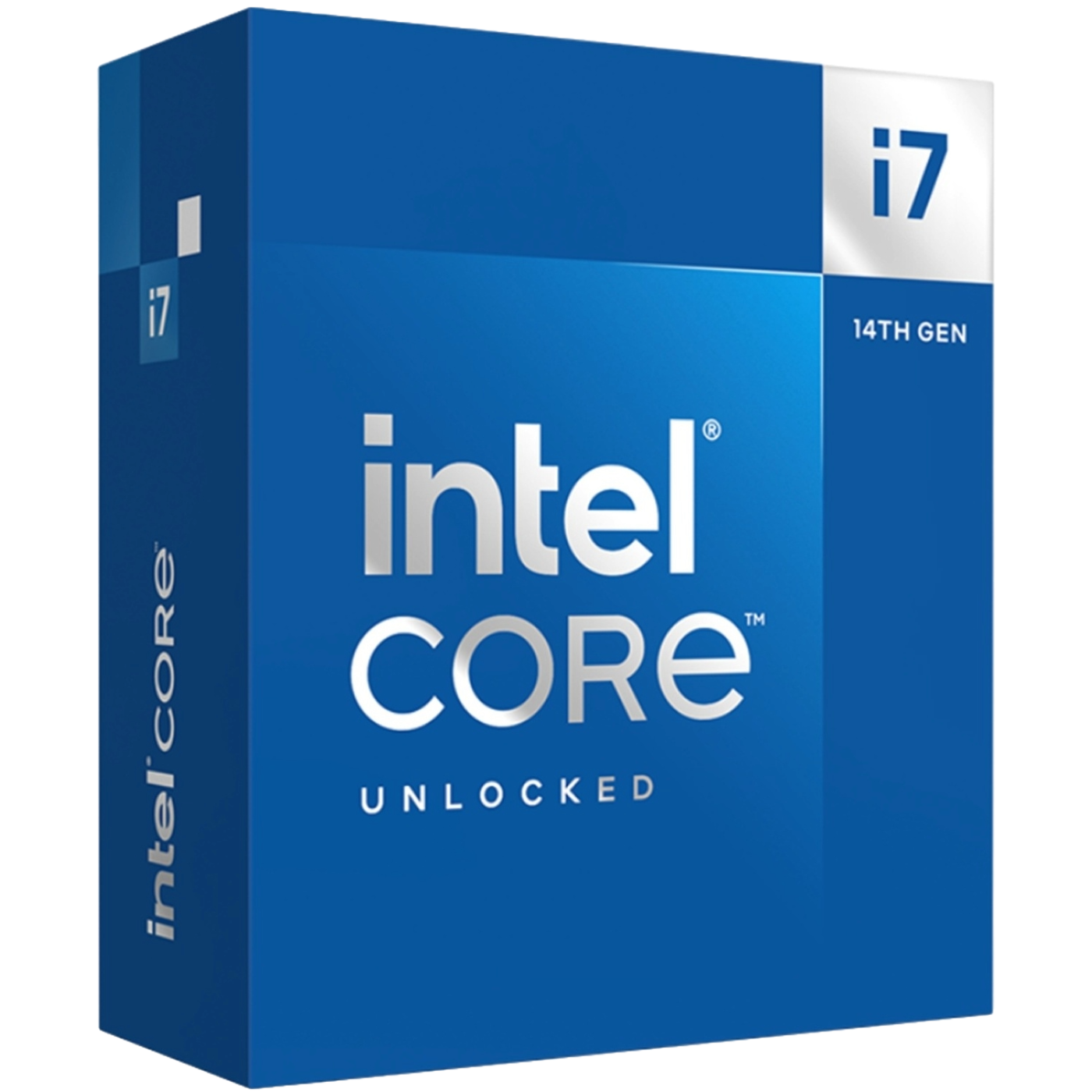
Intel Core i7-14700K
$350 $465 Save $115
The Intel Core i7-14700K is an exceptional all-around CPU, ideal for both gaming and productivity. It’s noticeably more affordable than the Intel Core i9-14900K, while being as fast in games and breathing down the 14900K’s neck in most productivity workloads.
In general, flagship CPUs are not worth their price premium, but the Ryzen 9 7950X and its Zen 5 counterpart, the Ryzen 9 9950X, can net you a noticeable performance boost in some applications compared to the 7900X and the 9900X.
So, if you’ve got the cash, and you earn your living with your PC, go for it. Professionals who like to game ought to get the Ryzen 9 7950X3D, which offers great gaming and multithreaded performance.
Source link


